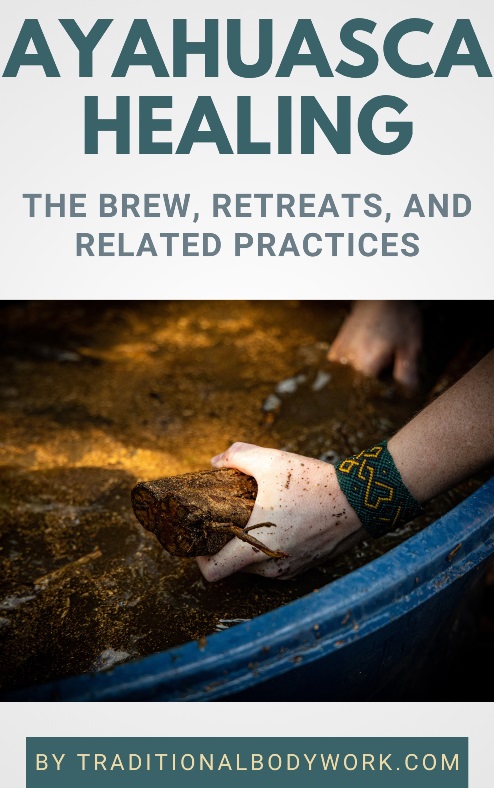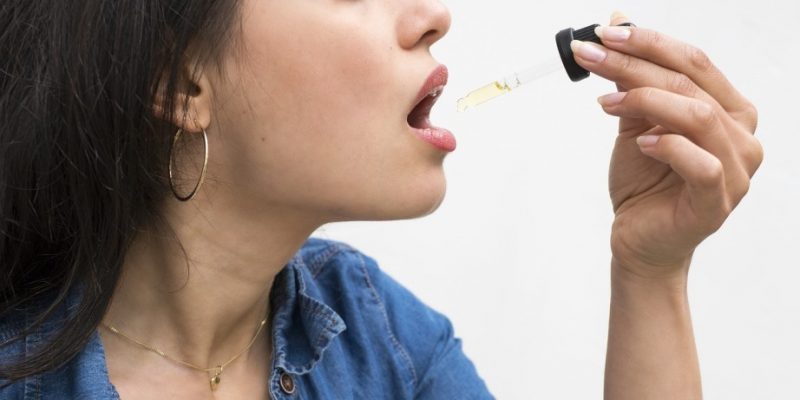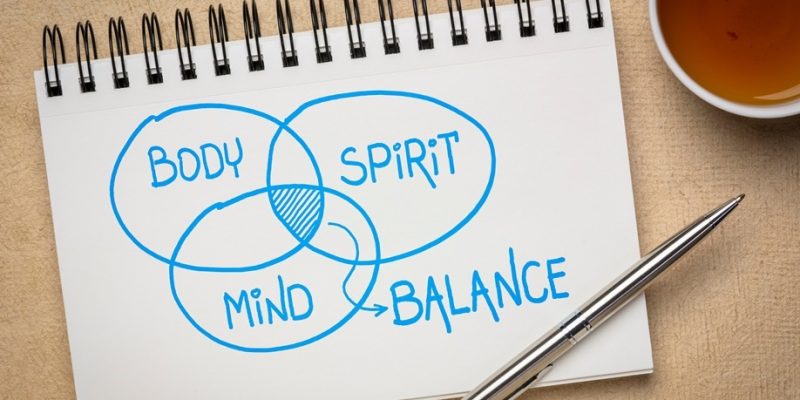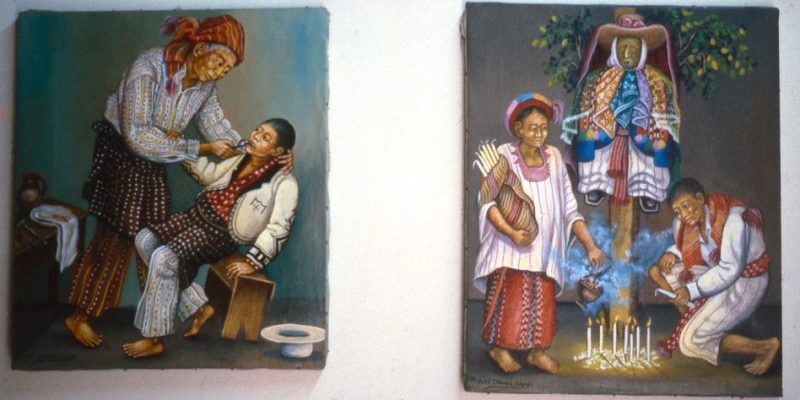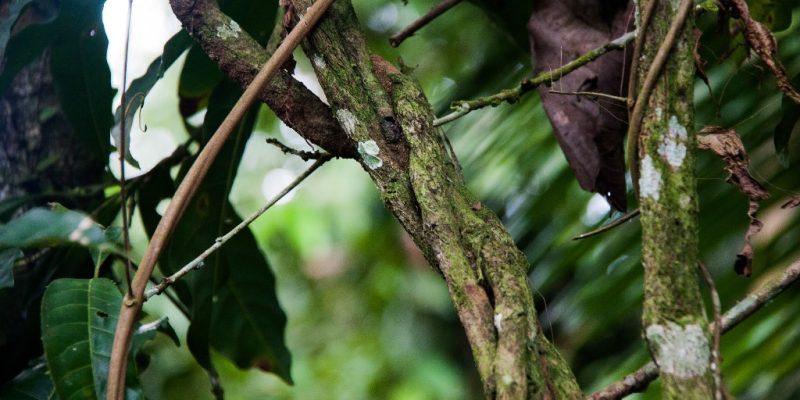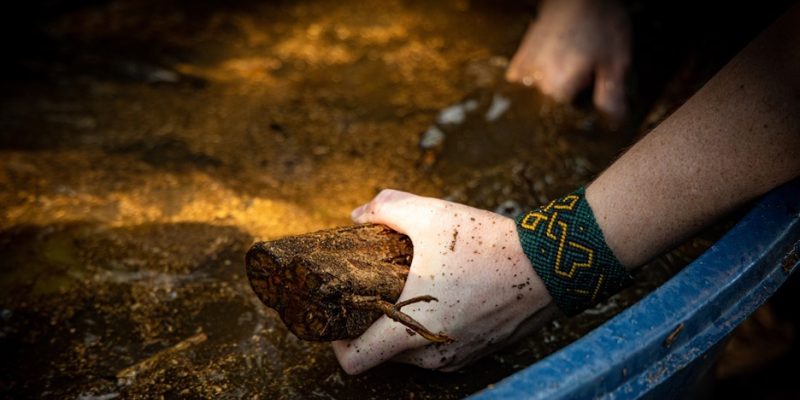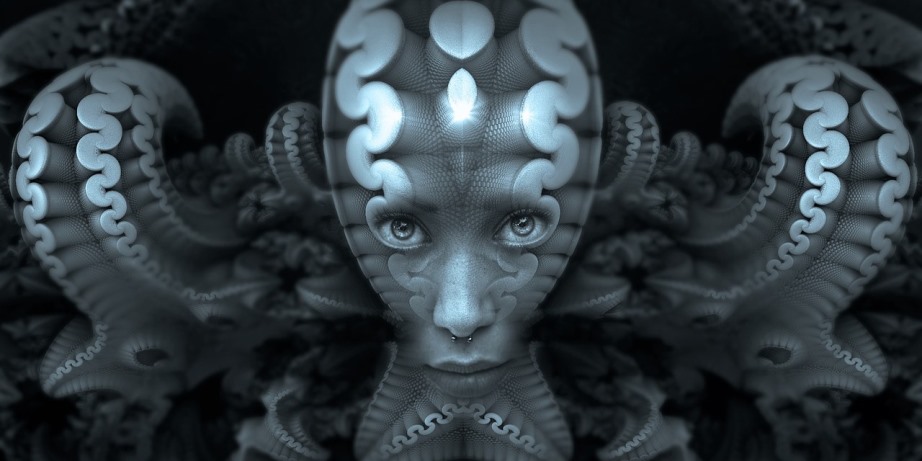
We often read or hear about herbs, plants, concoctions, drugs, or other substances that they induce psychoactive, psychedelic, hallucinogenic, and/or entheogenic effects.
Nevertheless, some concoctions or substances are psychoactive without being classified as psychedelic, but others may bring about both psychoactive and psychedelic experiences, and so on.
The Ayahuasca brew, to give an example, exposes all the properties and characteristics mentioned, and as such is considered to be a psychoactive, psychedelic, hallucinogenic, and entheogenic concoction.
But then, let’s take a closer look at the meaning of these four different adjectives to classify certain drugs.
Psychoactive
A psychoactive drug (also called a psychotropic substance) affects the workings of the nervous system and brain, and results in changes in perception, consciousness, mood, awareness, thoughts, feelings, cognition, and/or behavior.
Psychoactive substances may be used for medical (physical, psychological, and mental), recreational, social, transcendental, cognitive, ritual, and/or spiritual purposes.
Some examples of psychoactive substances include alcohol, caffeine, amphetamines, Ayahuasca, nicotine, LSD, cocaine, heroin, Marijuana (Marihuana), and specific pain medicines.
Psychedelic
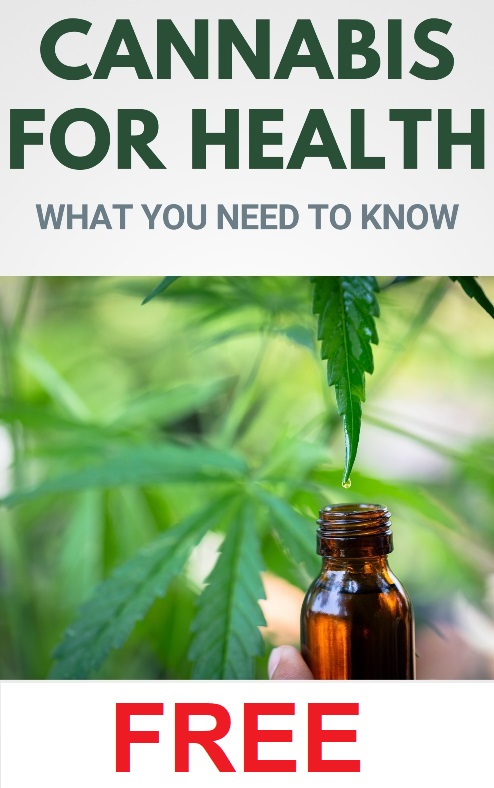
Psychedelic substances (also known as hallucinogens) are psychoactive substances that create changes in perception, mood, and cognitive processes, an apparent expansion of consciousness, the occurrence of extraordinary mental states, while affecting all the senses, emotions, and one’s sense of time.
Psychedelics can cause a person to hallucinate, that is, see or hear things in a distorted way or experience things that don’t exist at all, which is usually called a psychedelic experience or trip.
Some examples of psychedelic substances include Ayahuasca, Mescaline, LSD, Peyote, Psilocybin (the so-called Magic Mushrooms).
Hallucinogenic
Hallucinogenic substances or drugs are also psychoactive substances, and like psychedelic drugs they produce changed states of consciousness and profound alterations in cognition, mood, and perception.
In fact, most hallucinogens are usually classified as either psychedelic, dissociative, or deliriant. Nevertheless, hallucinogens are often associated with substances that substantially change our visual perception.
Some examples of hallucinogenic substances include LSD, Ayahuasca, Mescaline, Psilocybin, PCP, Cannabis, Ecstasy, Ketamine, and Salvia.
Entheogenic
Entheogenic drugs or substances typically have psychoactive, psychedelic, and hallucinogenic properties that create intense alterations in perception, mood, consciousness, awareness, cognition, and/or behavior, but with the specific purpose of personal or spiritual development, often in the context of a religious, shamanic, or other spiritual practice.
Entheogens may be used for divination, introspection, meditation, ego dissolution, healings, asceticism, mystical experiences, prayer, trance, rituals, chanting, sacred dance, drumming, among others.
Some examples of entheogenic drugs include Mescaline, Peyote, Ayahuasca, Psilocybin, the San Pedro Cactus, Salvia, and Cannabis.

